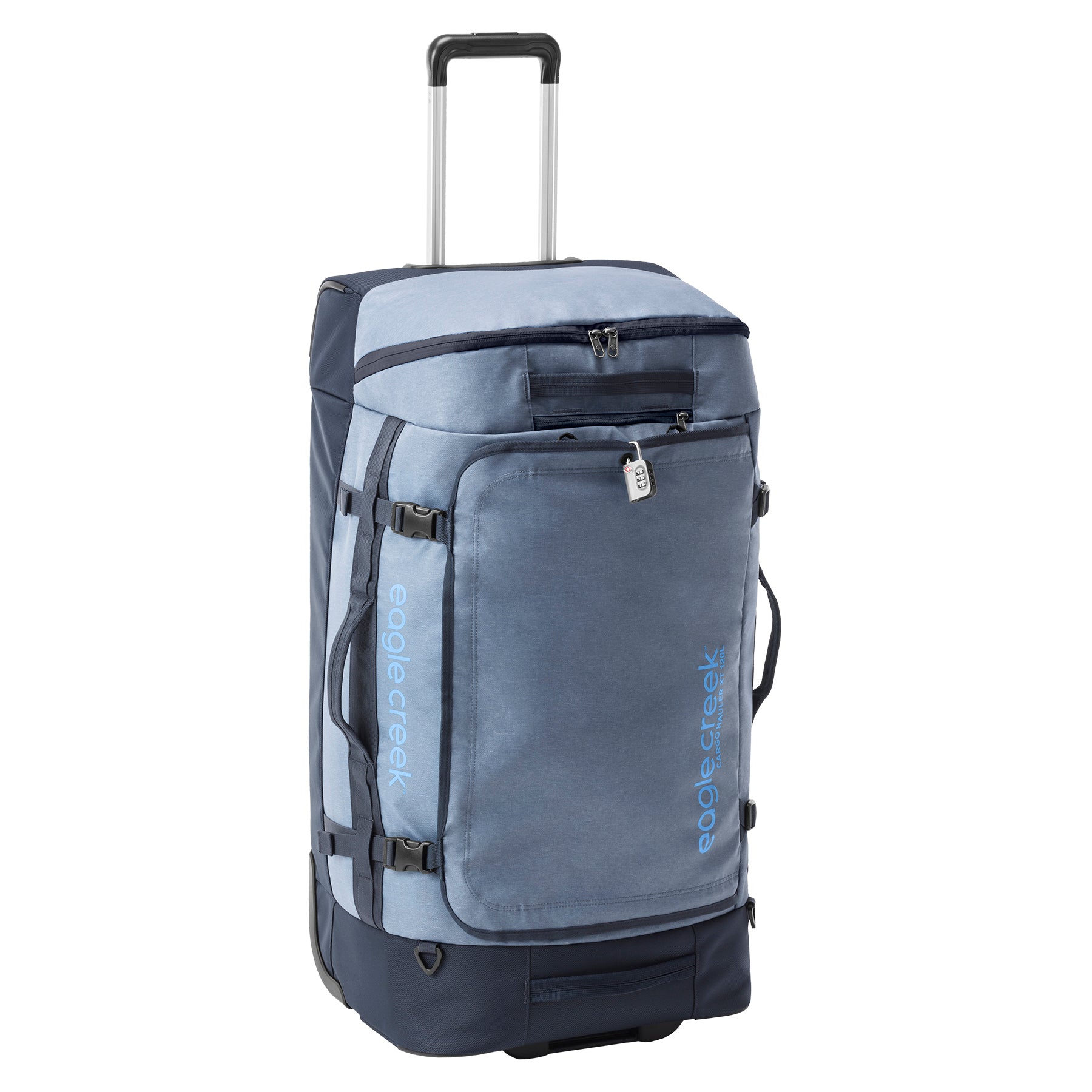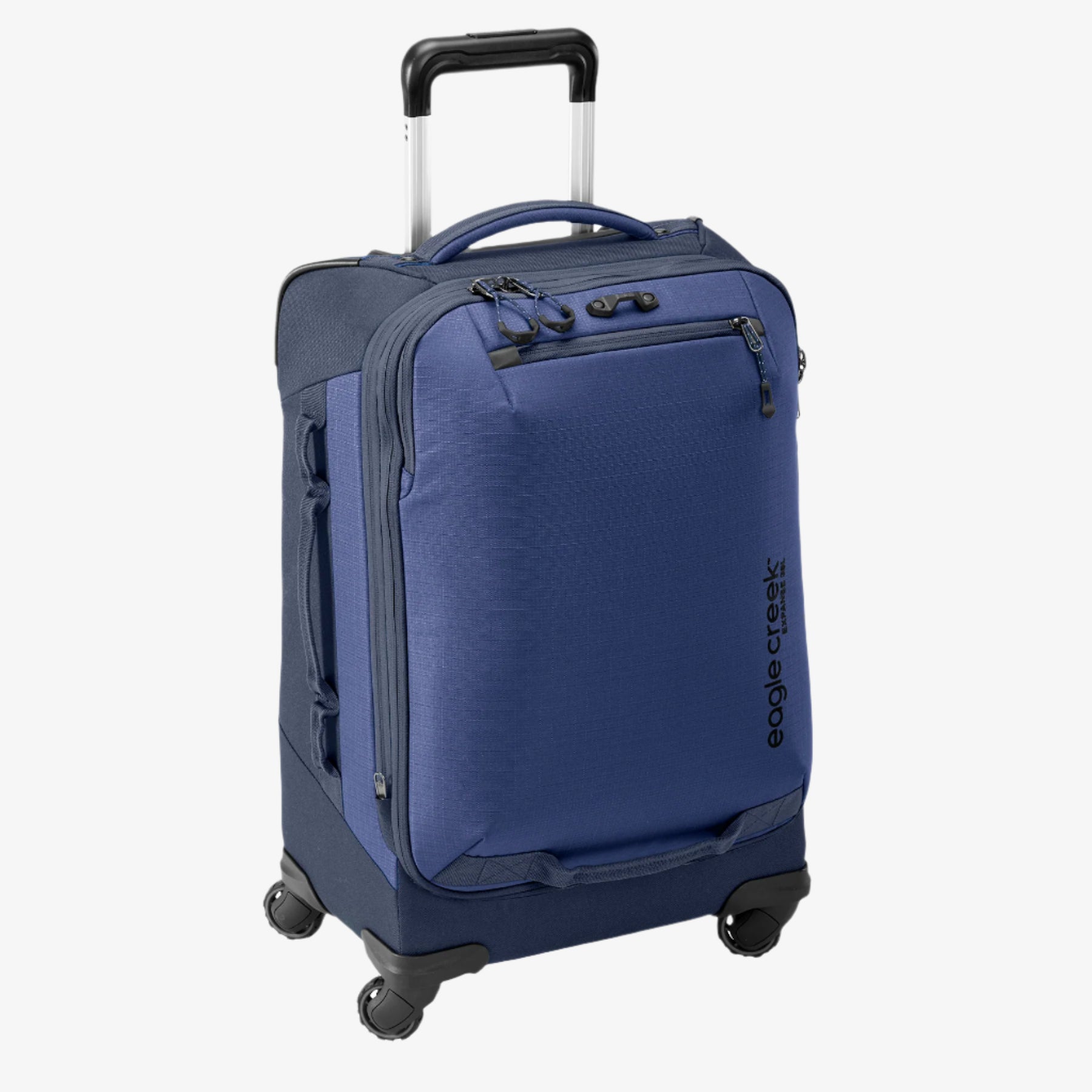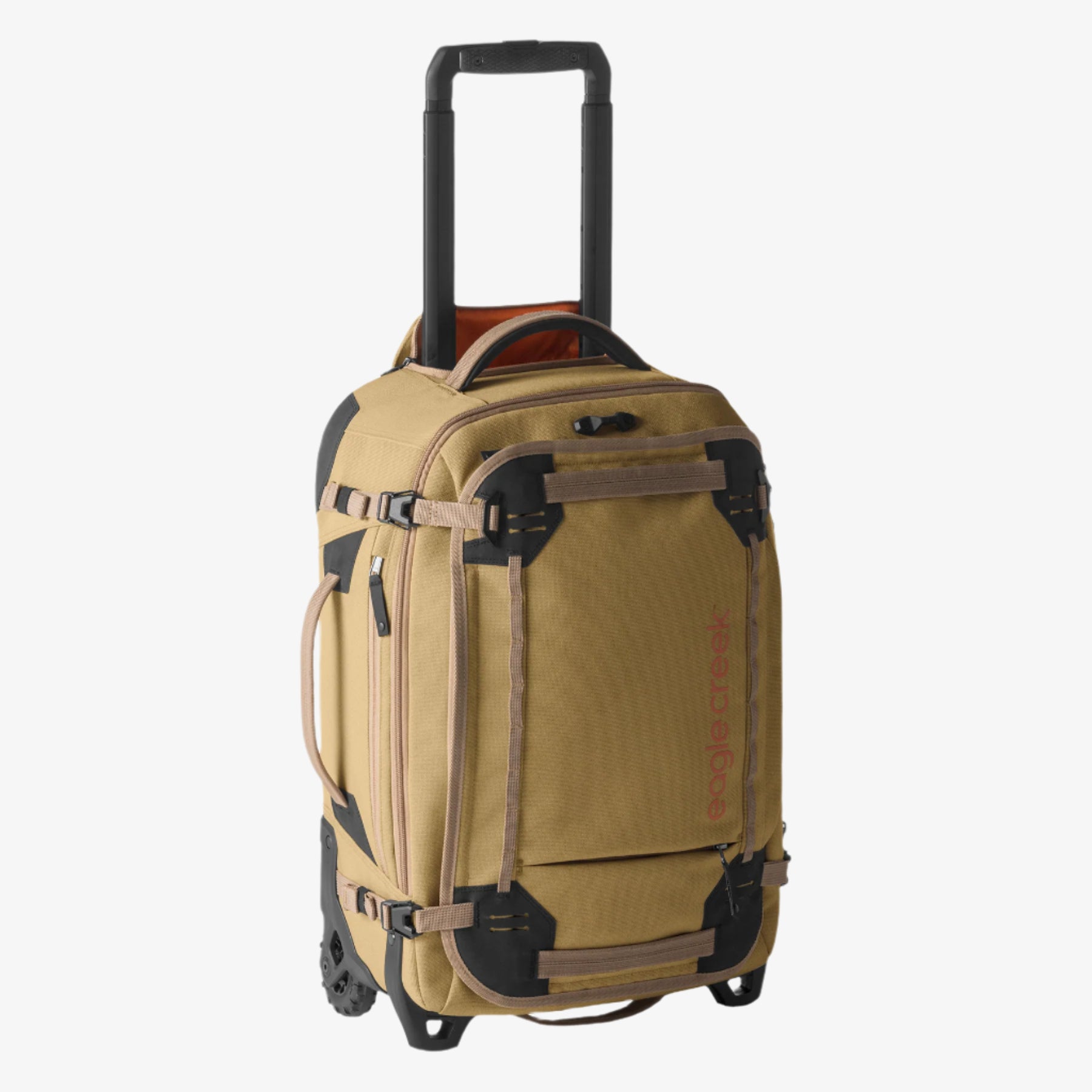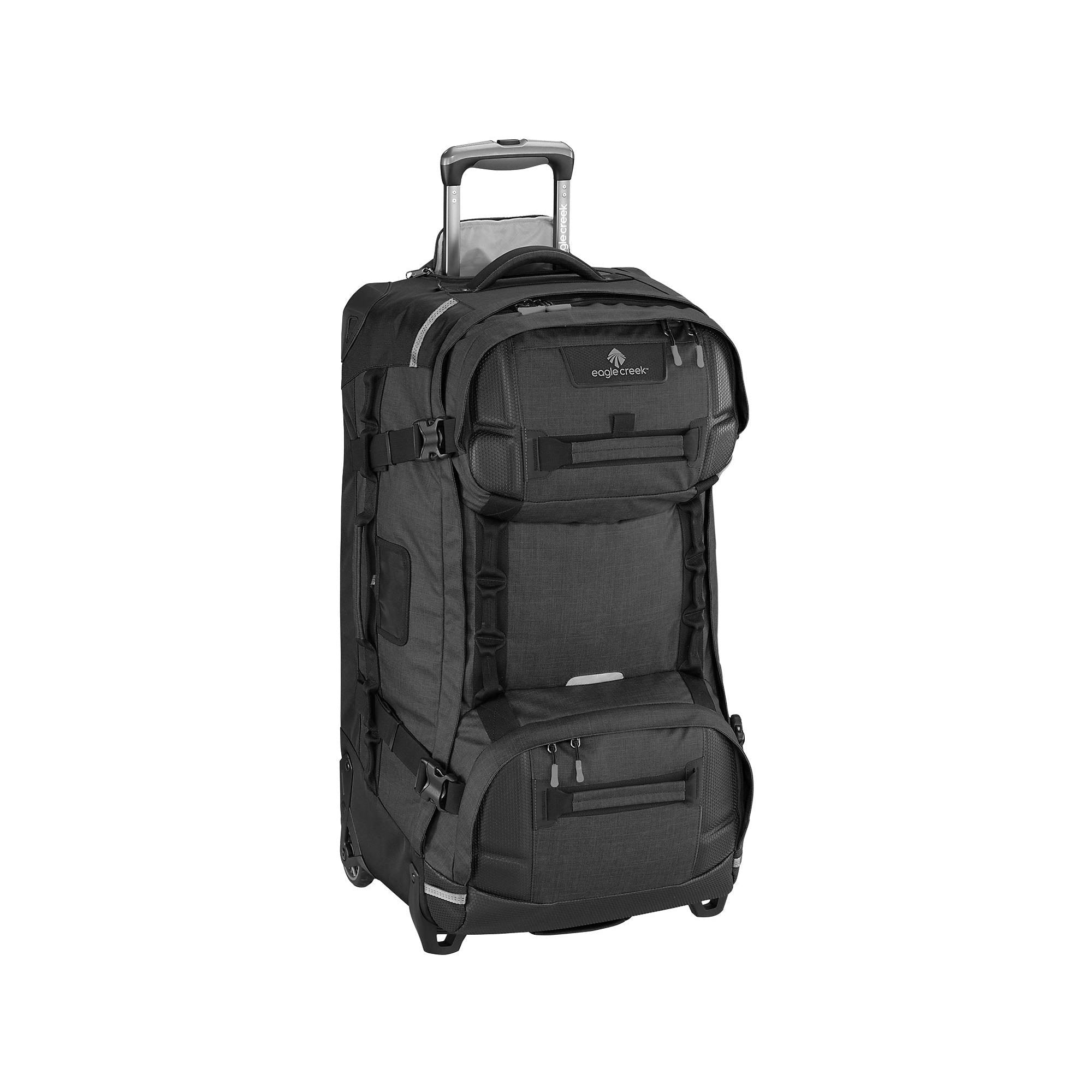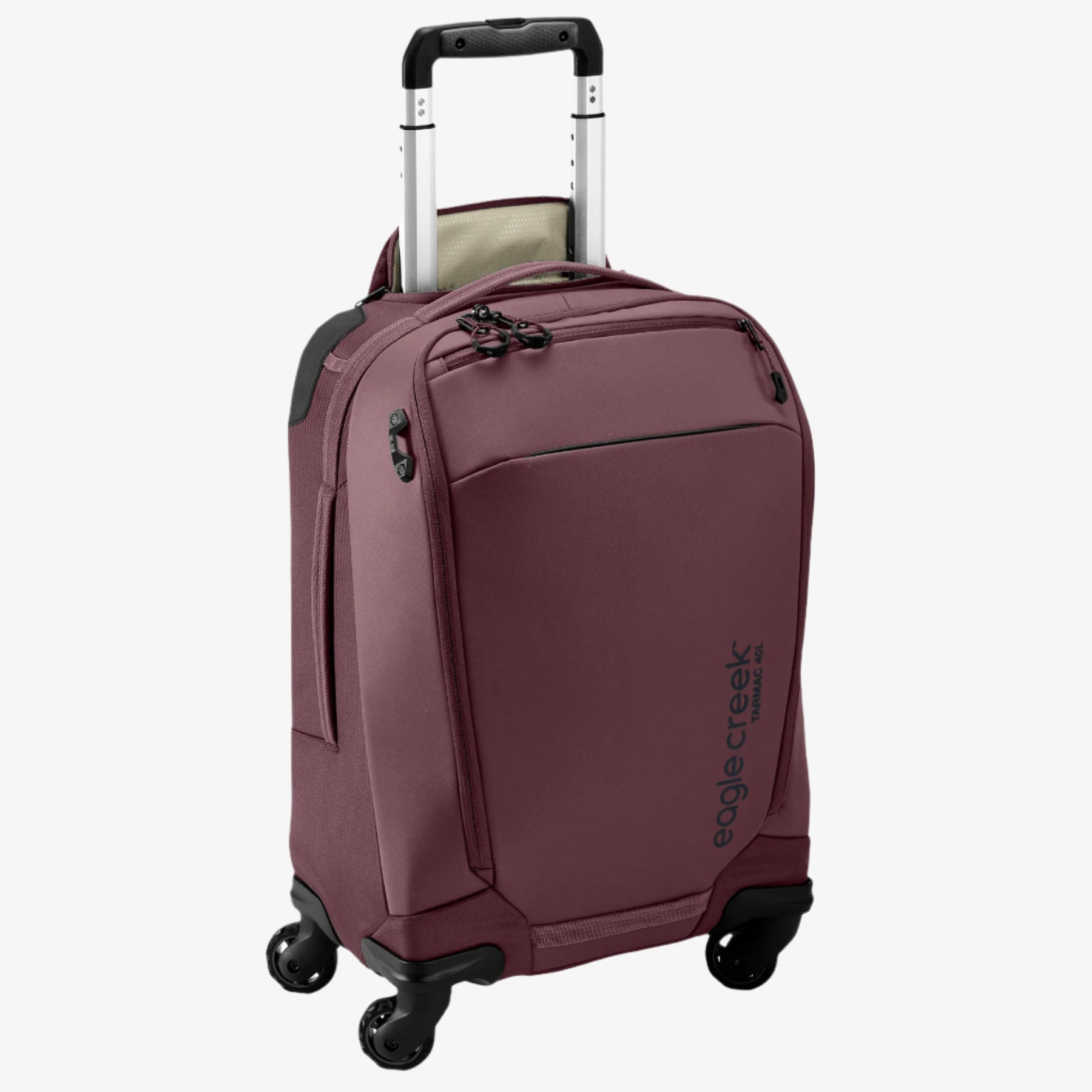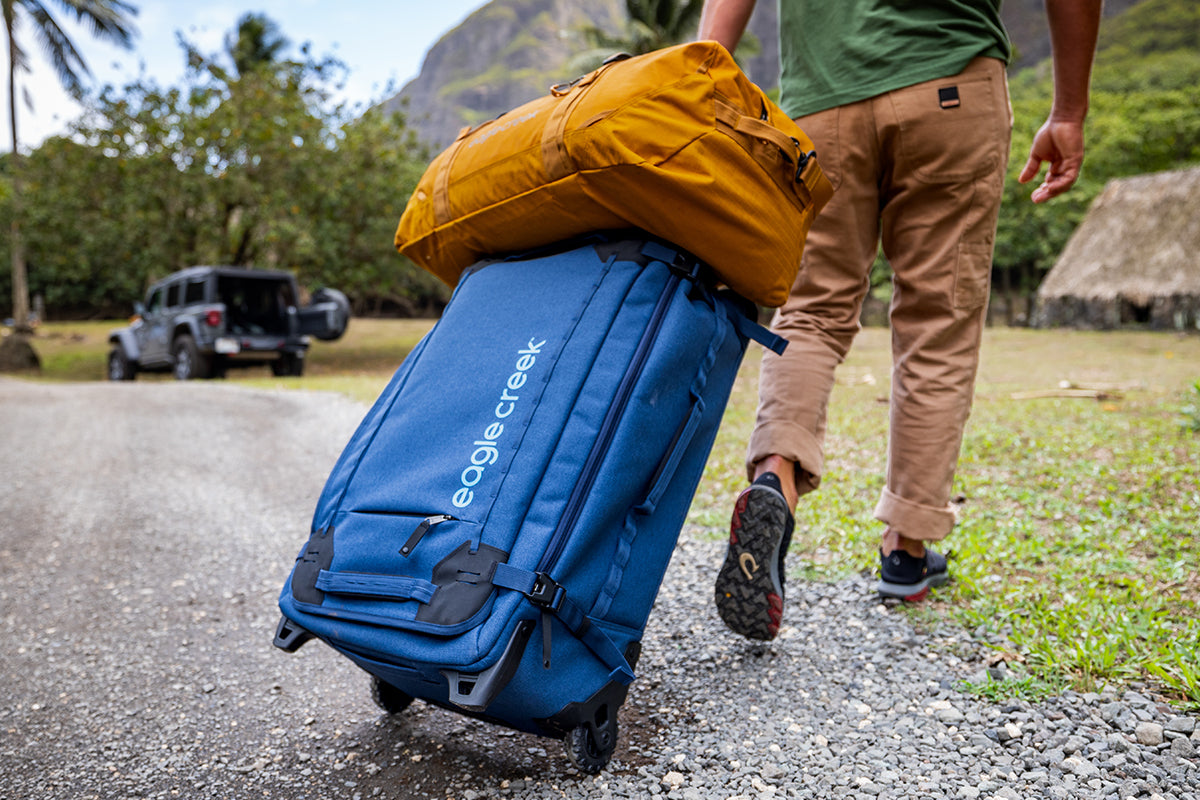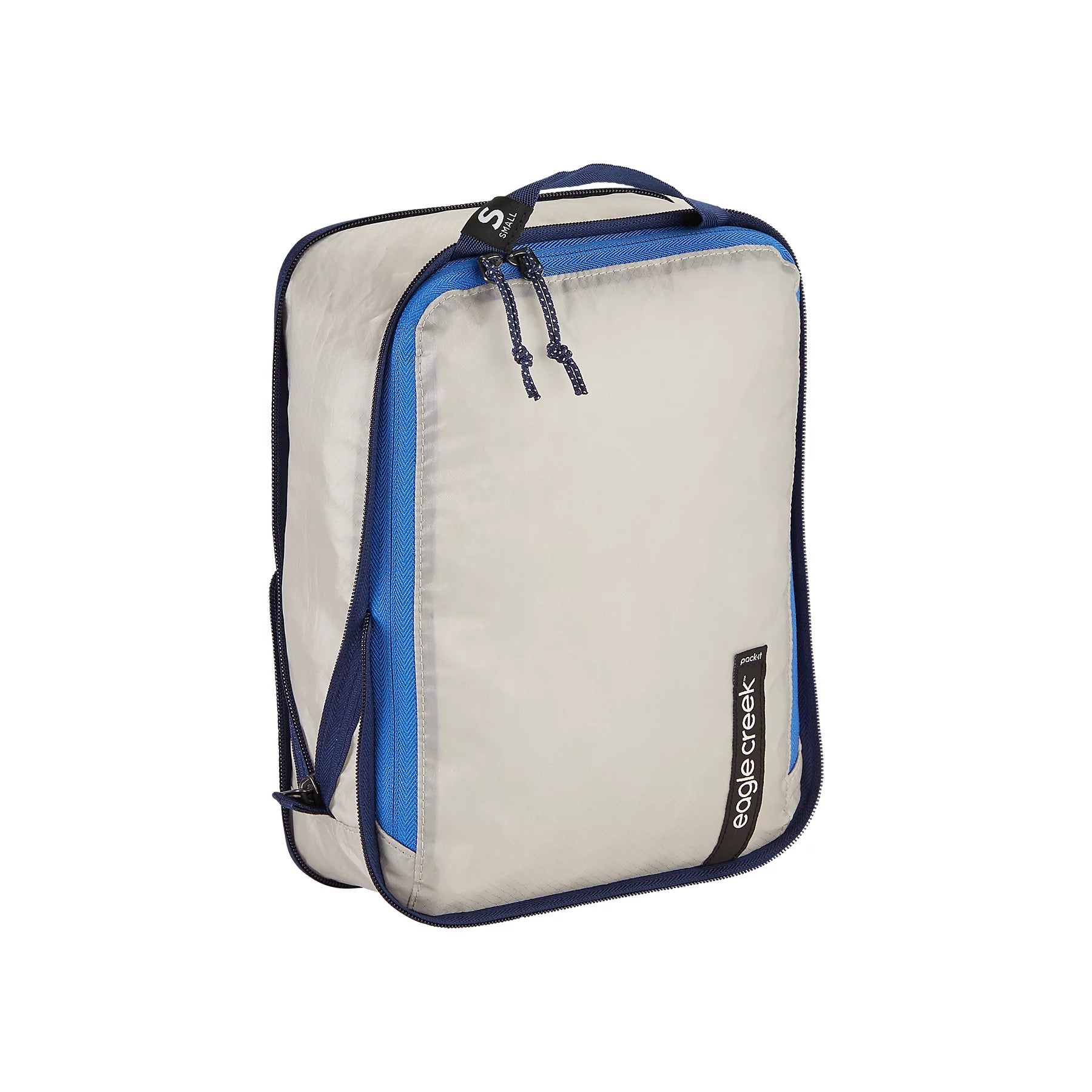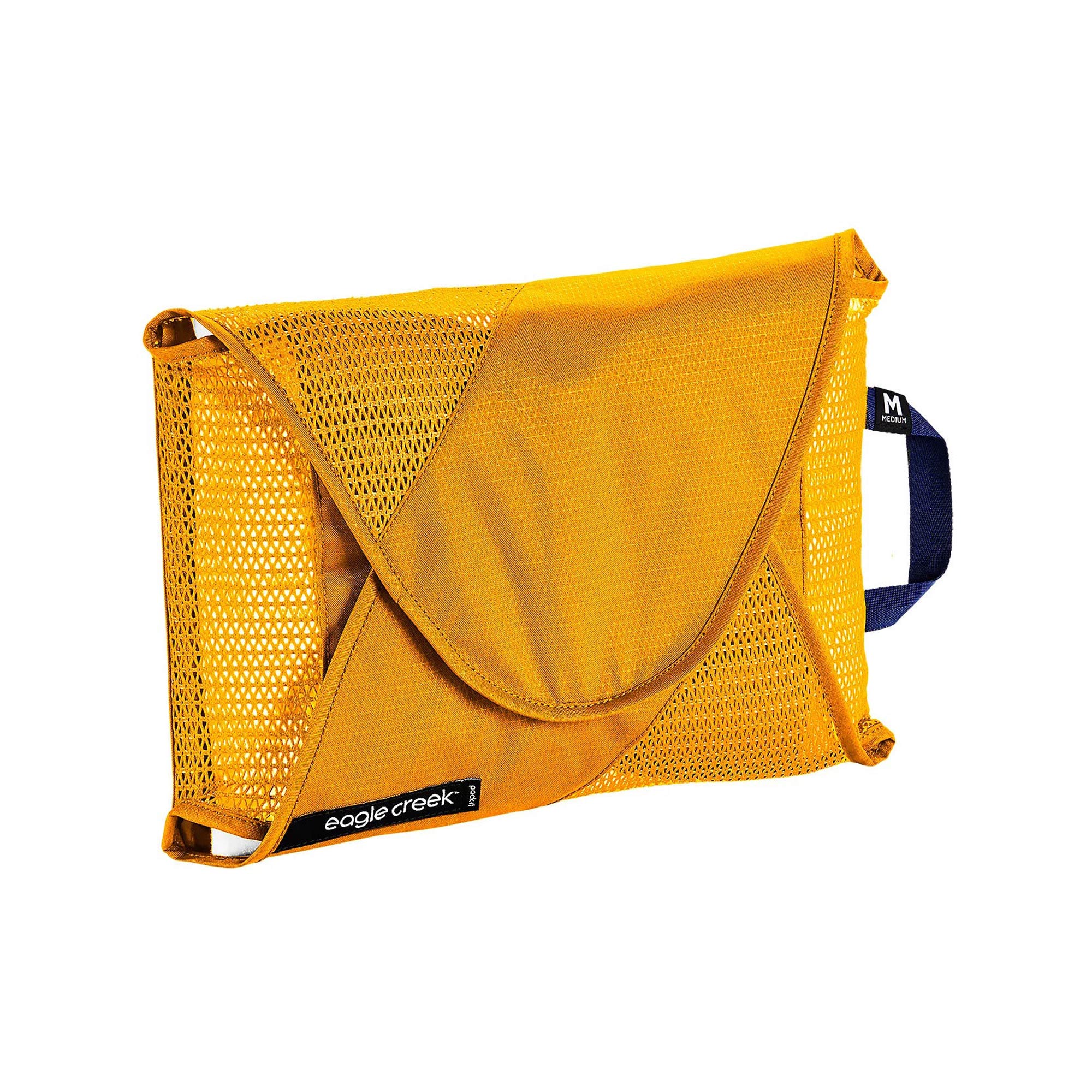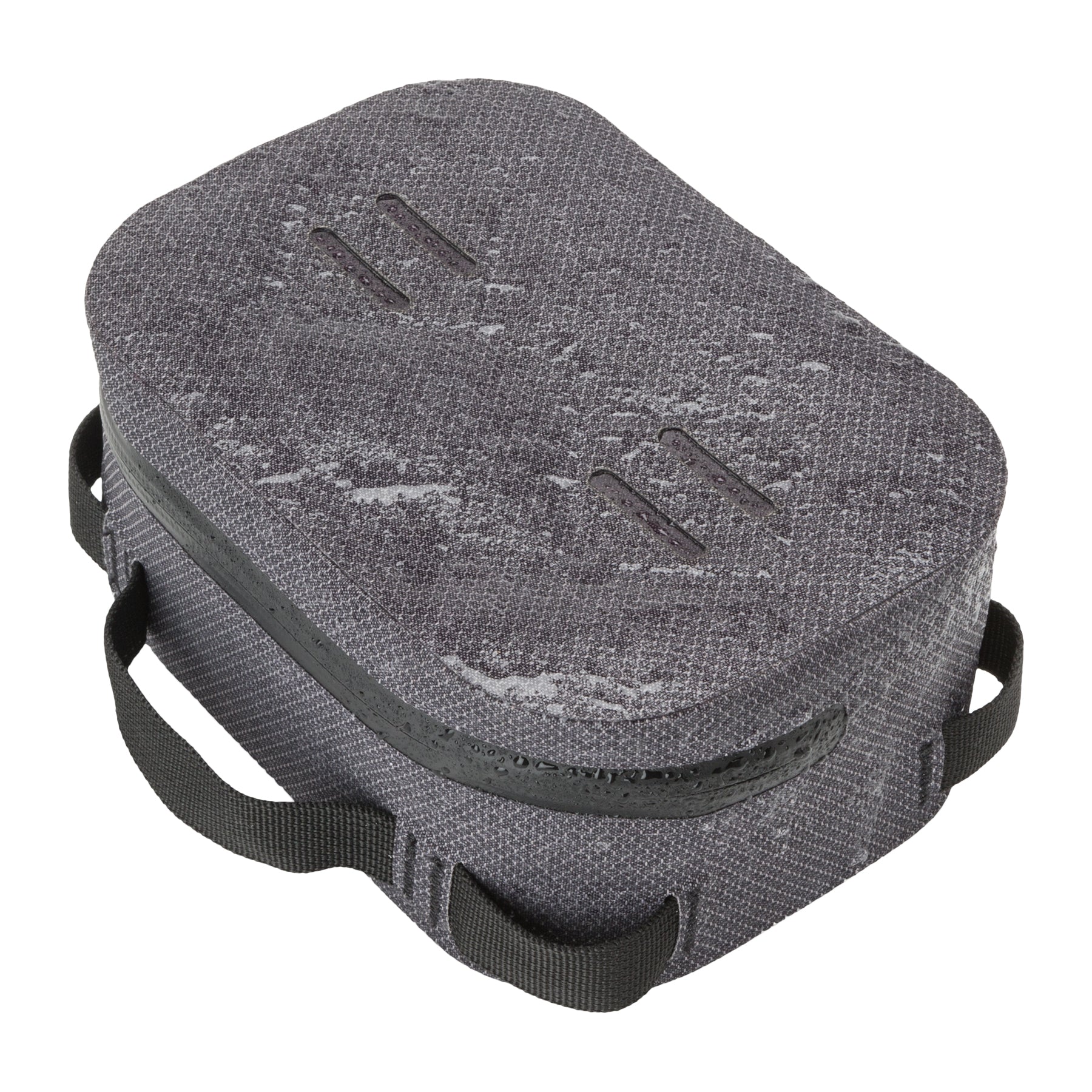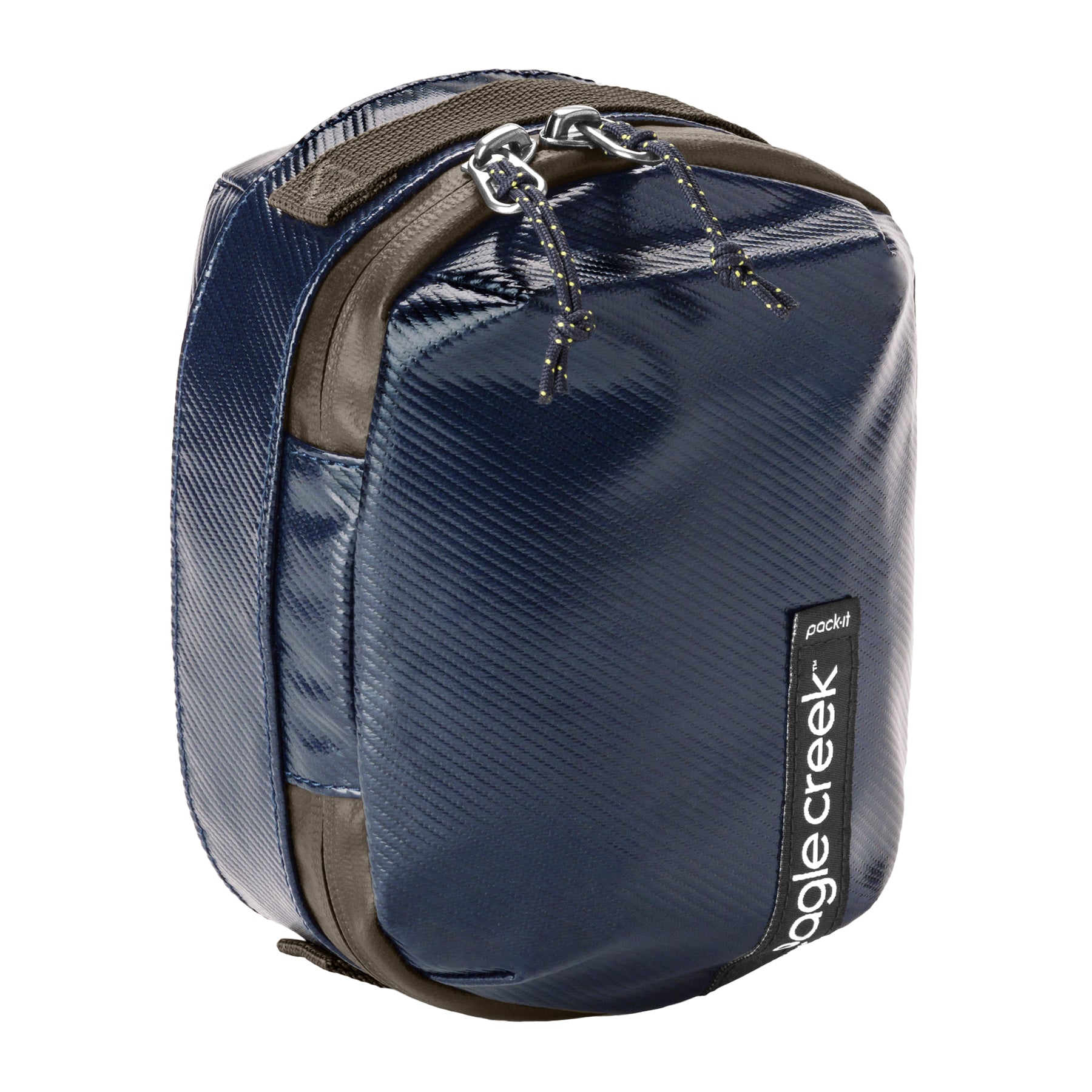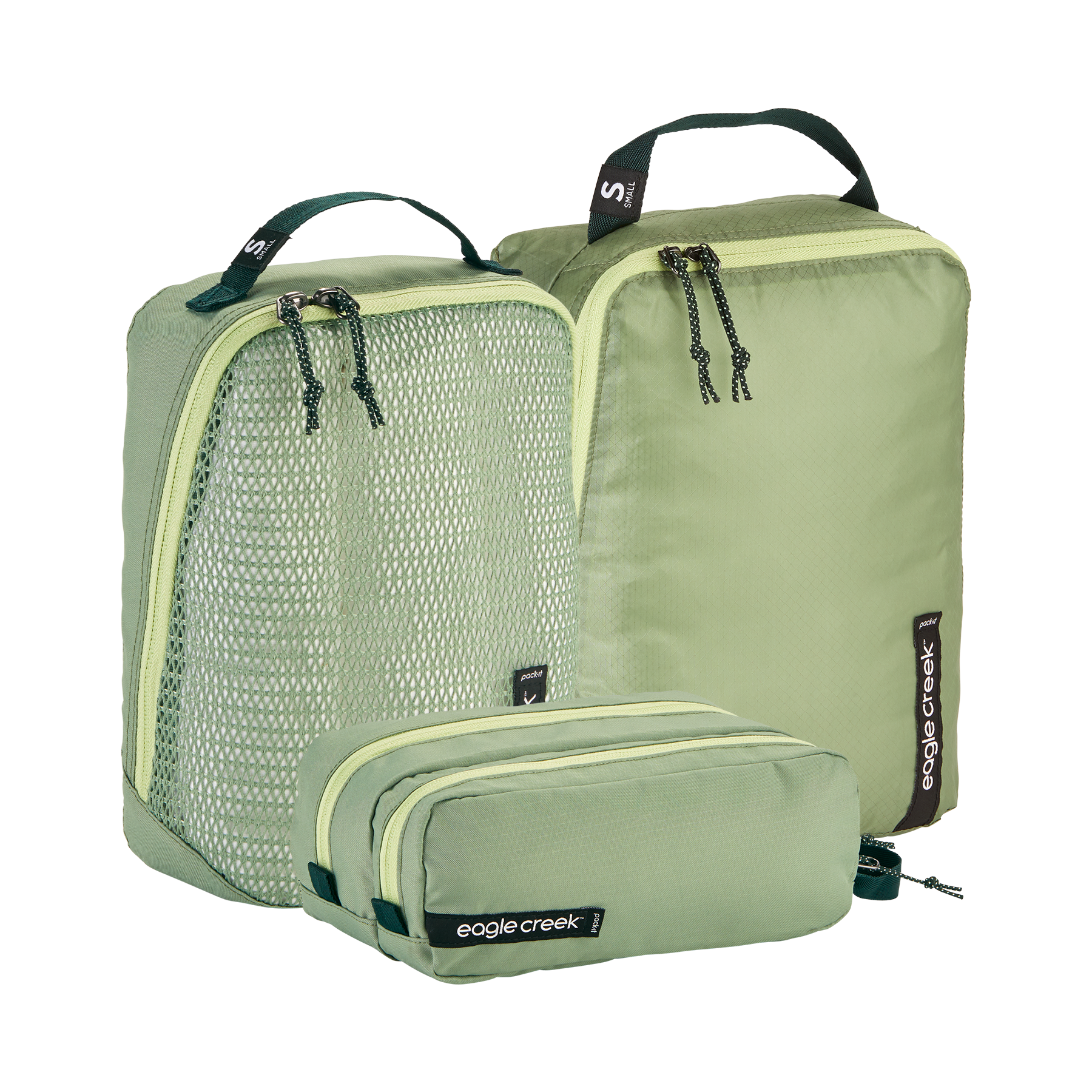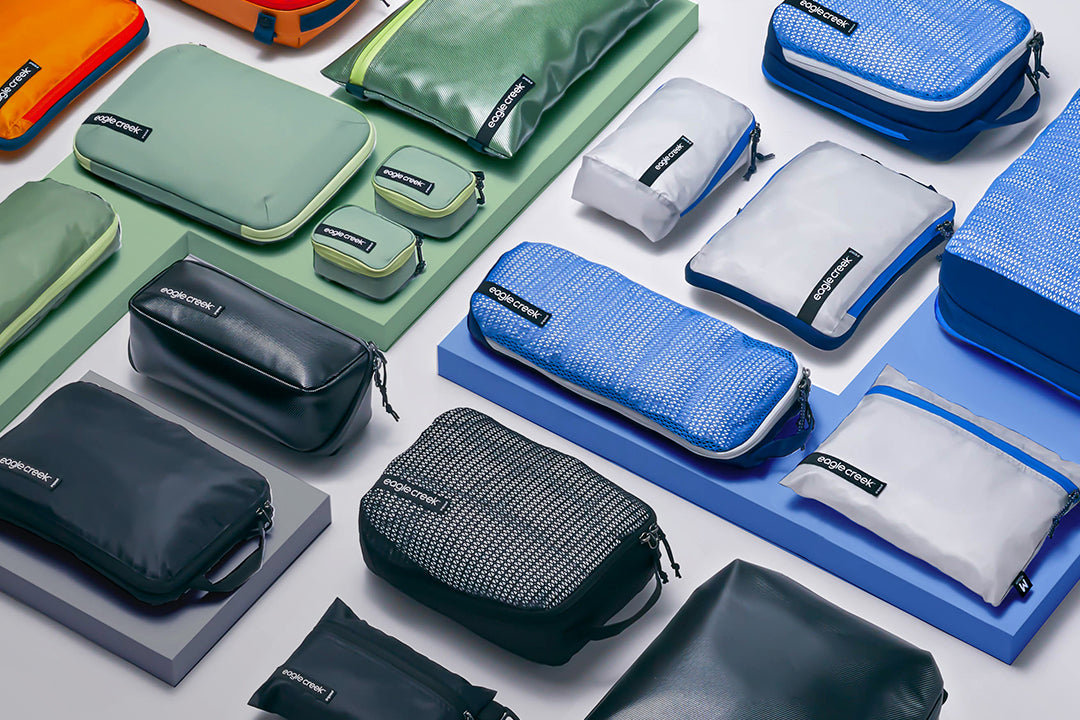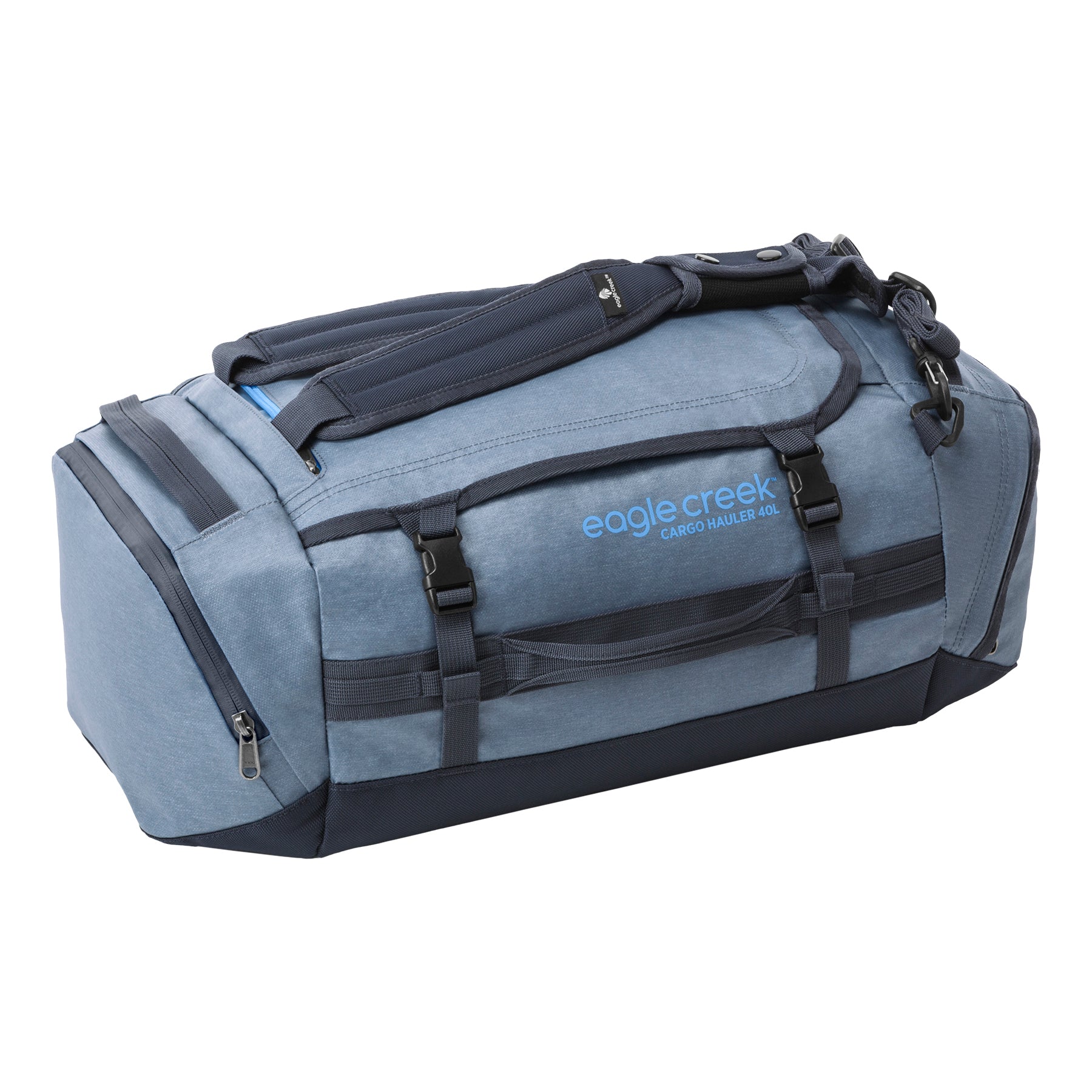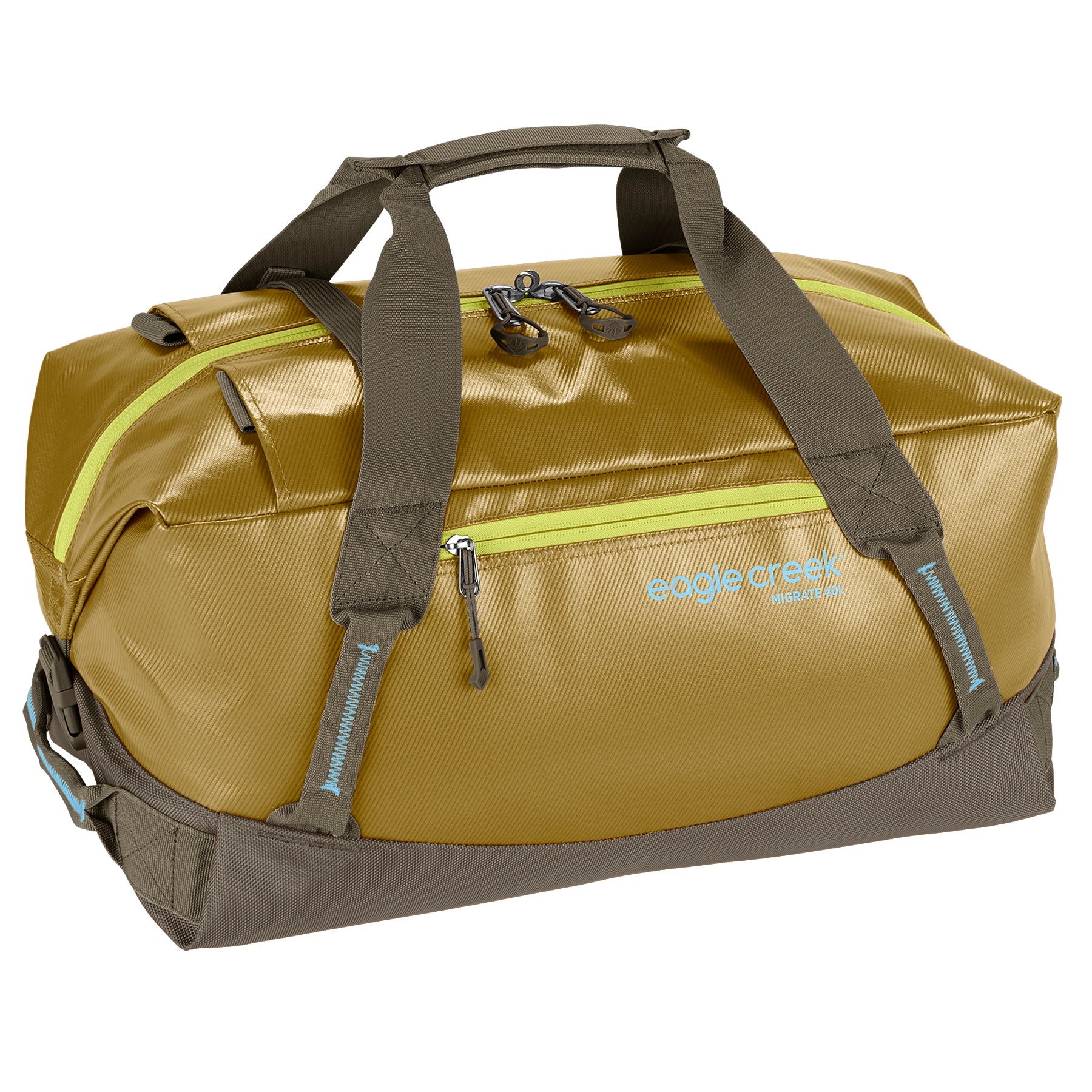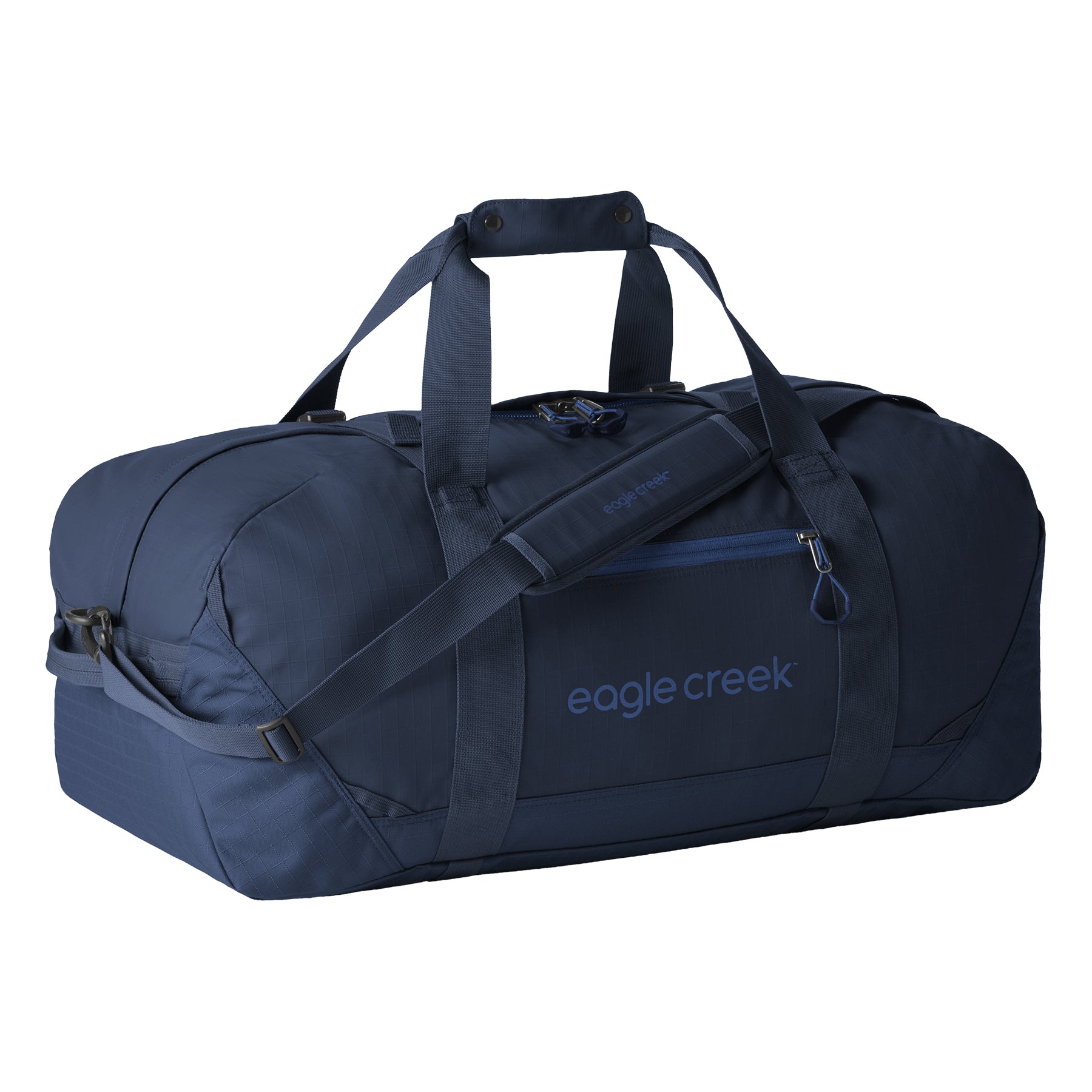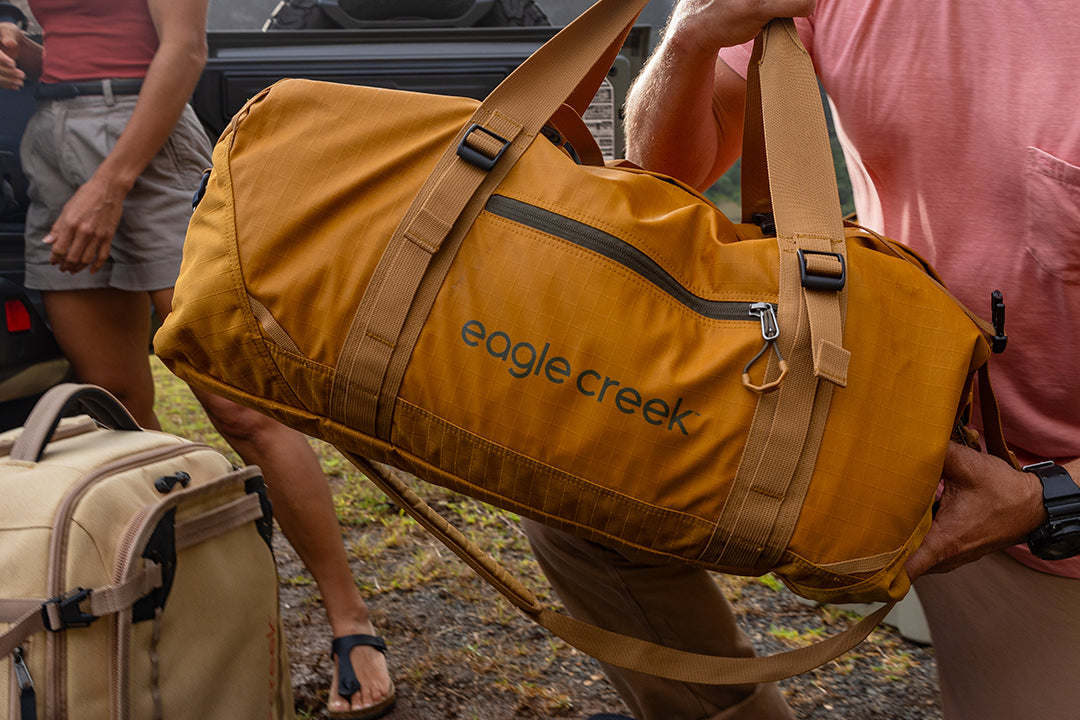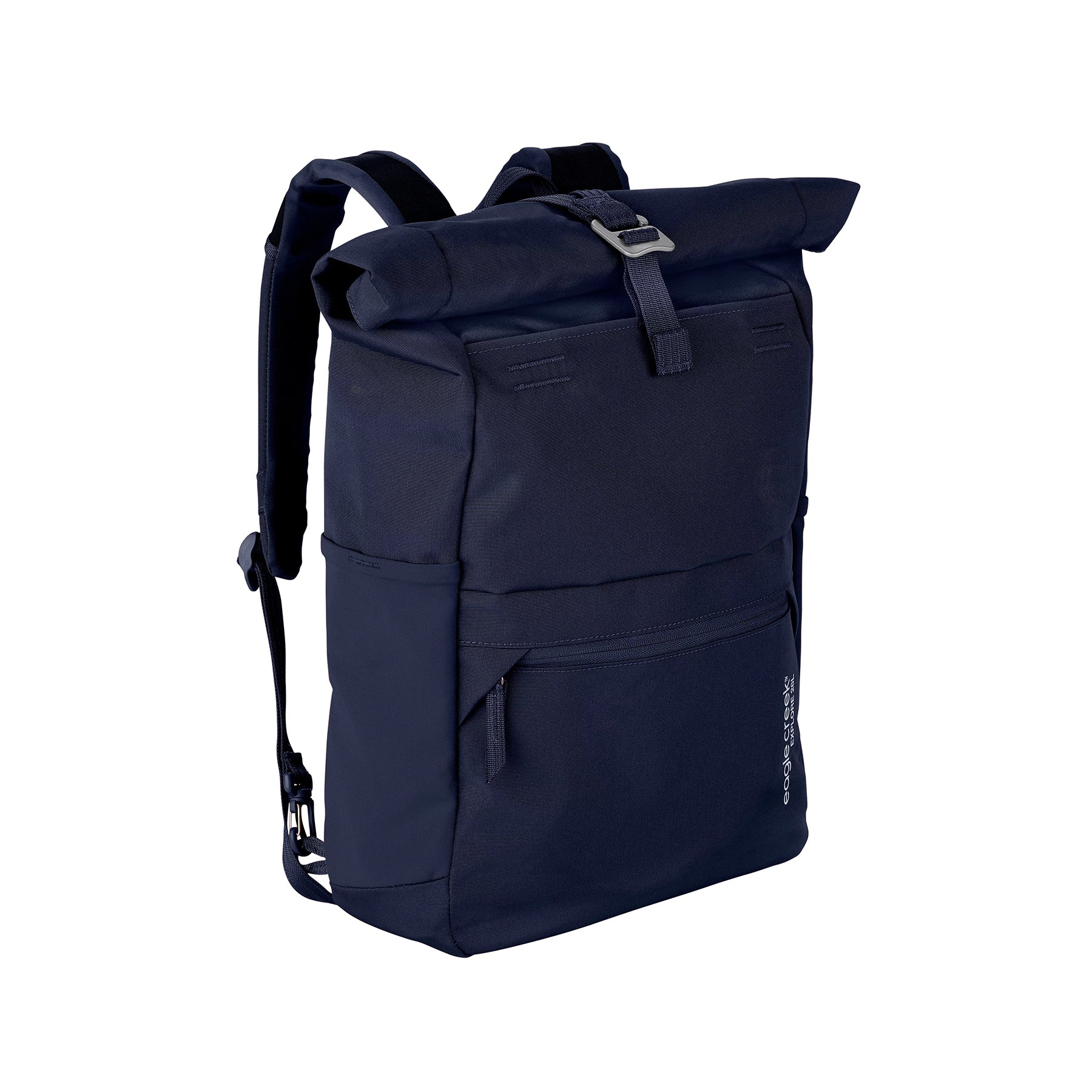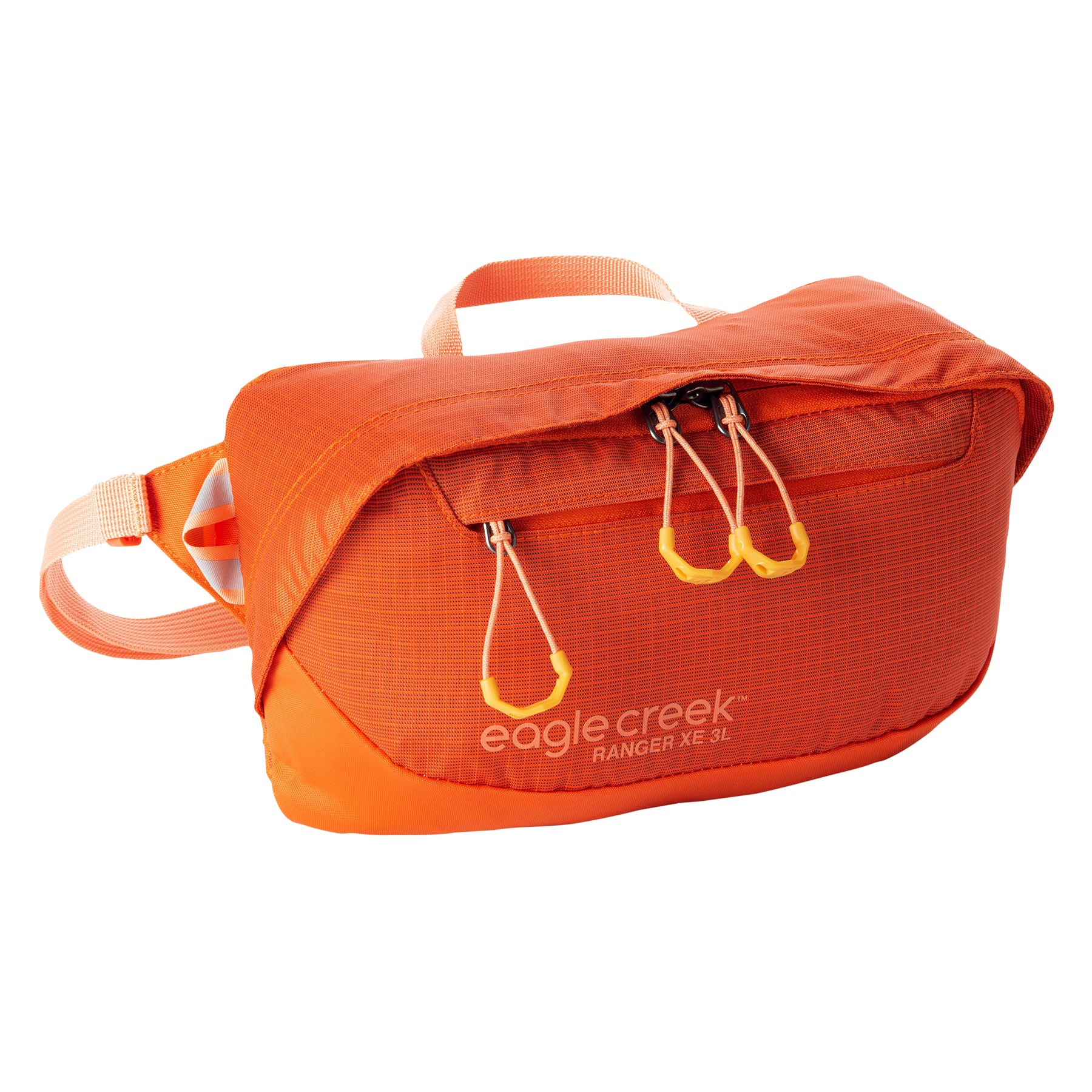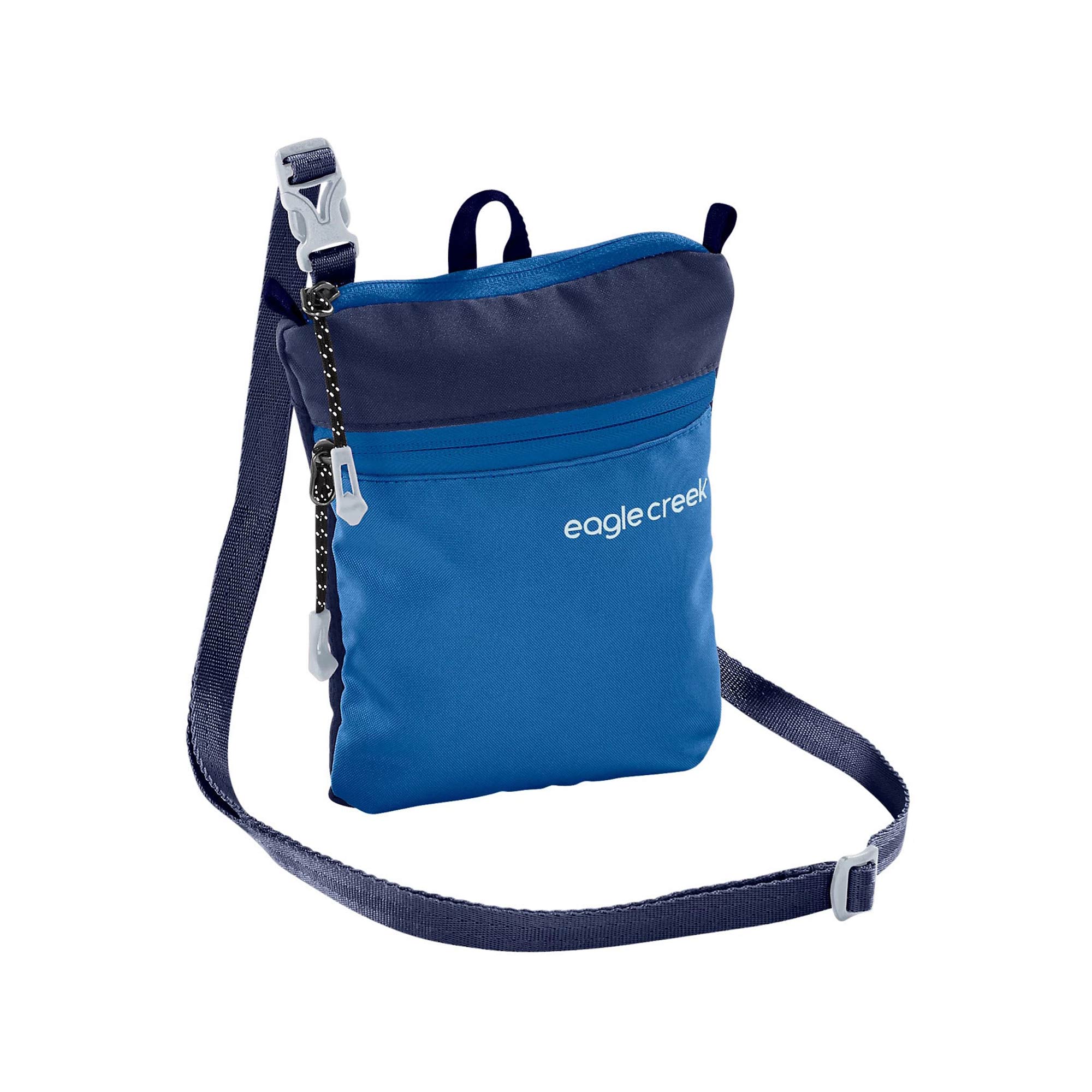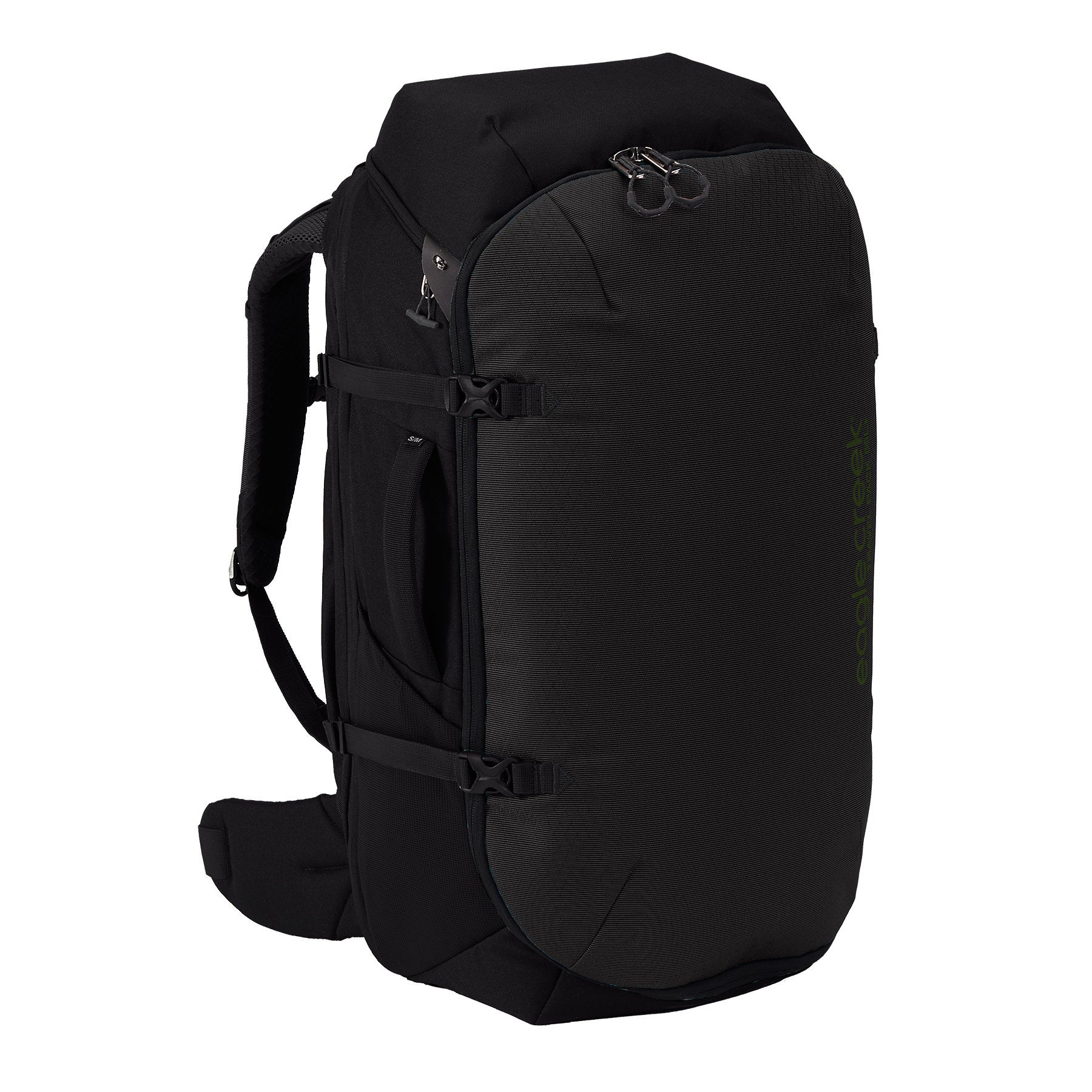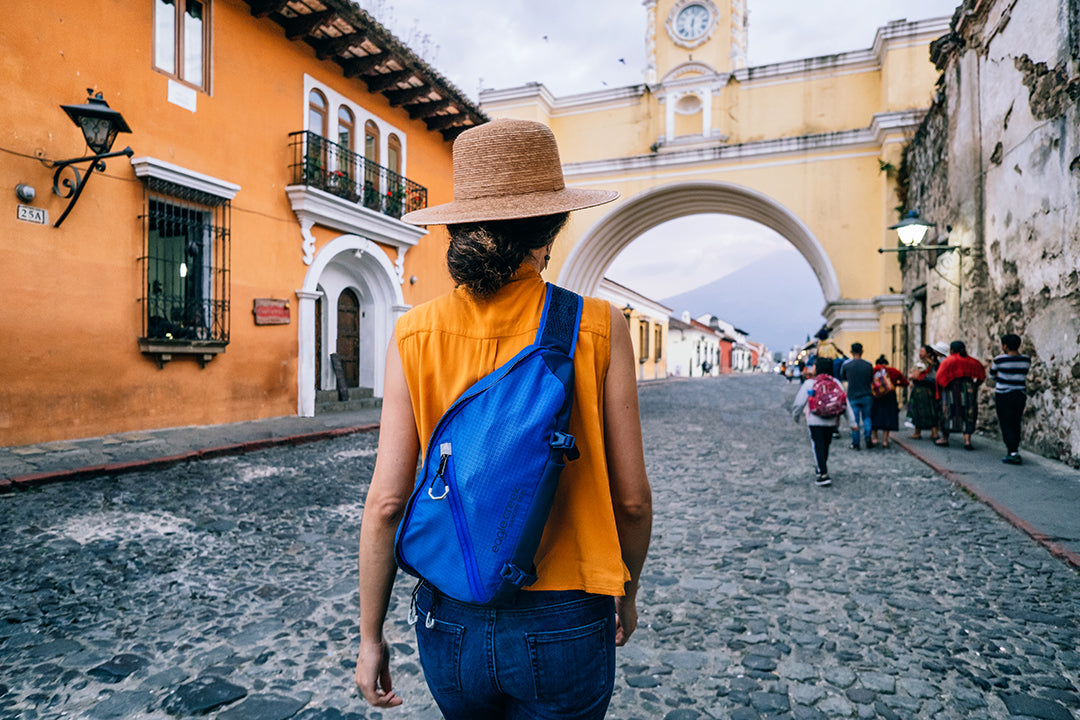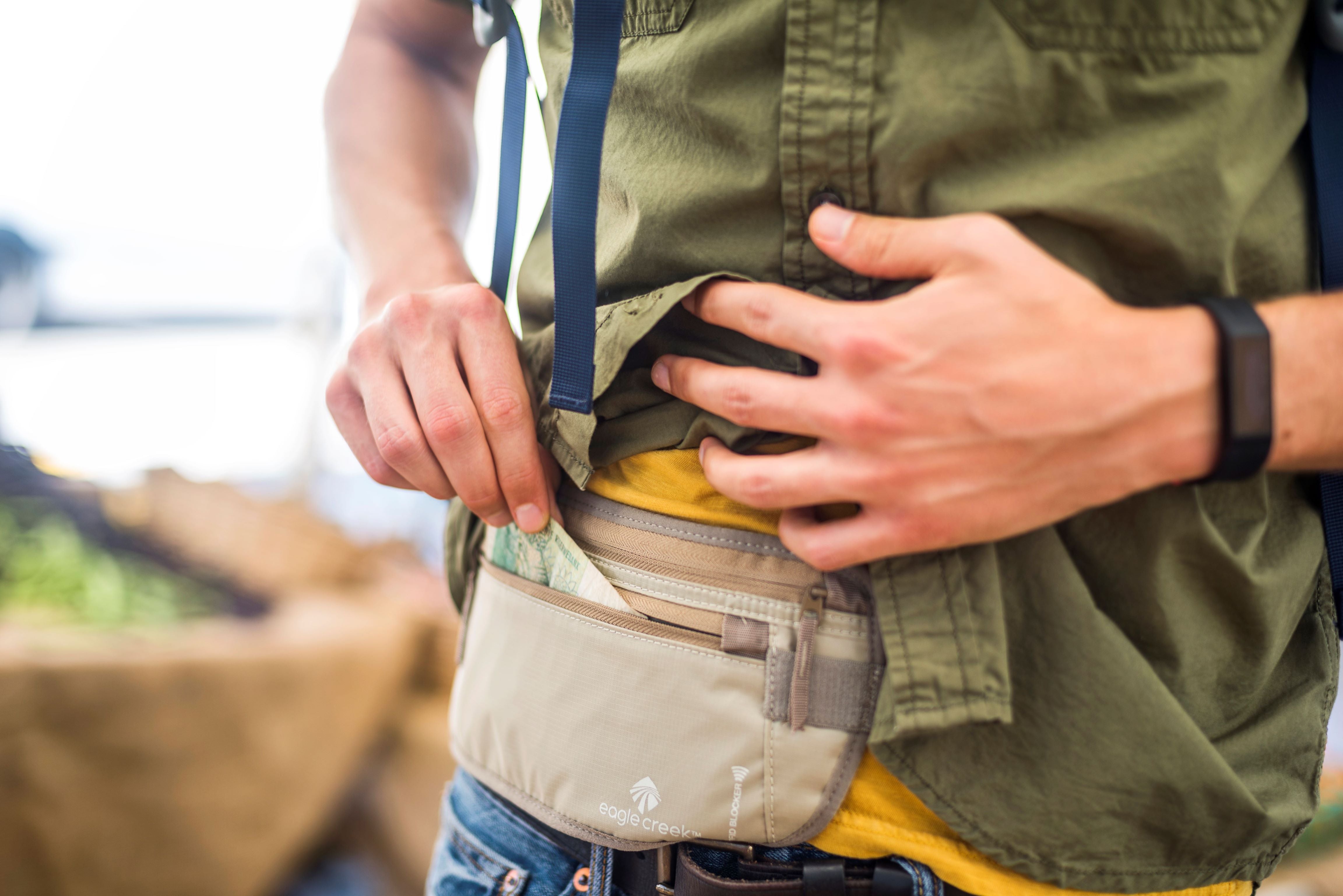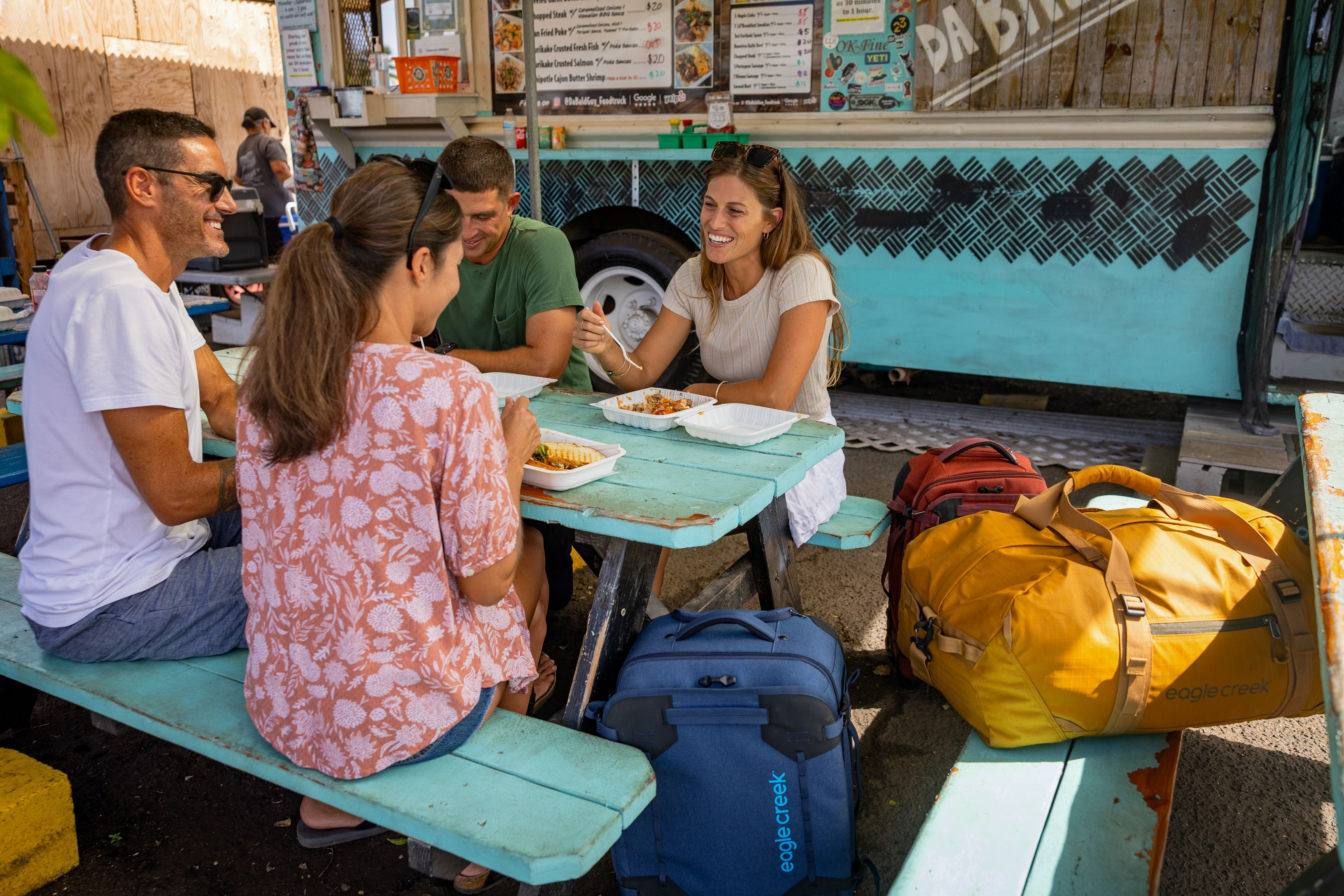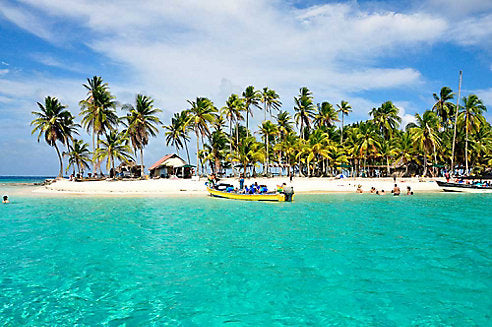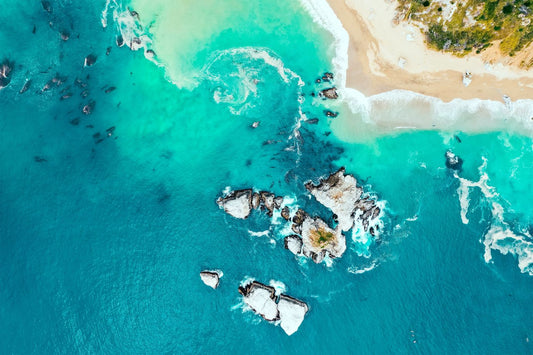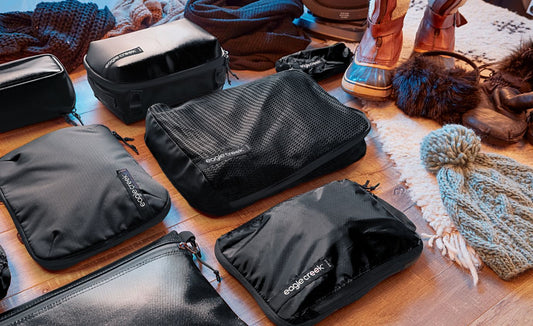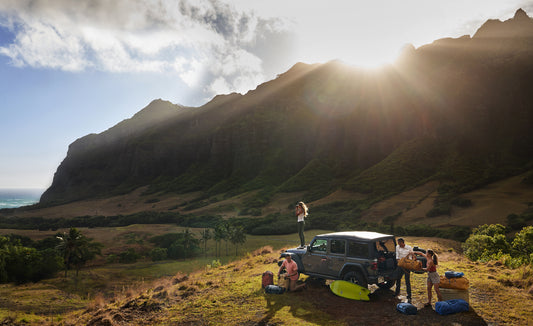If you’ve ever dreamed of traveling from one country to another on a sailboat, stopping at idyllic islands on the way, then sailing from Panama to Cartagena might be the next thing you add to your bucket list. But be forewarned: It’s not always smooth sailing.
It was 5 a.m. when I dragged my waterproof duffel and myself down to the lobby of the hostel in Panama to await the shuttle to the boat to Columbia, nodding blearily at three other half-asleep people who were also attempting to look alert. By the pool, a different group was still continuing the party from the night before. The sun was just beginning its journey over the skyline of Panama City, and we were waiting for our ride to the sea.
There are a few ways to get from Panama to Colombia. Some people choose to fly, while others choose a flight and boat combination. However, one of the most popular ways to get to Colombia is on a sailboat. Though sailing is slightly more costly than flying, it comes with a bonus of spending several days in paradise—the San Blas Islands—before the two day journey across the Caribbean Sea to Cartagena. These postcard-worthy islands are partially inhabited by the indigenous Kuna people, and you can visit the villages as well as explore islands without a soul around.
After a long drive in a 4x4 from Panama City to Carti, we were herded into a small boat run by a Kuna boatman that transported us to the larger sailboat. There, we met the other people who would be joining us on the journey—15 of us in all.
After an initial bout of seasickness for a few people had passed, we settled into a routine: breakfast, then snorkeling or swimming near the island where we had docked the night before. We cracked coconuts and spoke hesitant Spanish to the caretakers of the islands. We’d have lunch on the boat, then perhaps a short sail to another island before enjoying more time in the water or simply relaxing on the boat before dinner.
We passed the evenings by playing cards and talking. It was an international group and everyone had a story: Chris was biking his way around the world, Jose owned a bar in Bolivia, Mike was a professional poker player attending tours in South America, and several of the group were students on a gap year. Though we collectively spoke five different languages, it was surprisingly easy to keep up the conversations. The captain did most of the longer sailing during the night, so we were lulled to sleep by the motion of the sailboat cutting through the water. It was all pretty idyllic.
When we pulled into Cartagena, we weren’t quite ready to leave. The vast majority of us ended up at the same hostel and we hung out for the next few nights before we all went our separate ways. A multi-day boat journey in close quarters is certainly a bonding experience, though, and we still stay connected in a WhatsApp group.
If you’re thinking of making the journey, these tips and suggestions are key for smooth sailing:
- Pack light. There is limited space on board, so organize your belongings so that it’s easy to grab what you need without unpacking your entire suitcase.
- Having a waterproof or water repellant bag is helpful while on a catamaran. Even though it will most likely stay dry on the boat, you still have to get from land to the boat; that journey left several passengers with damp bags.
- Do your research. There are many, many boats that make the crossing and each varies in size and personality, depending on the captain. Though our captain insisted that we stayed on the boat each night, we heard stories of island bonfires and overnight camping from other travelers.
Spending five days on a boat with 14 other people, laughing at the dolphins playing in our wake, and comparing sunburns was an amazing experience. Though there were quicker ways to get from point A to point B, in this case, sailing slow was the way to go.
While Eagle Creek is here to provide tips and insights on travel, we cannot accept any responsibility for any potential consequences arising from the use of this information. Always conduct your own research and use your best judgment.
Related Links (from Eagle Creek blog):
What to Pack for a Weekend Sailing Trip
